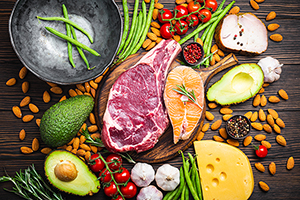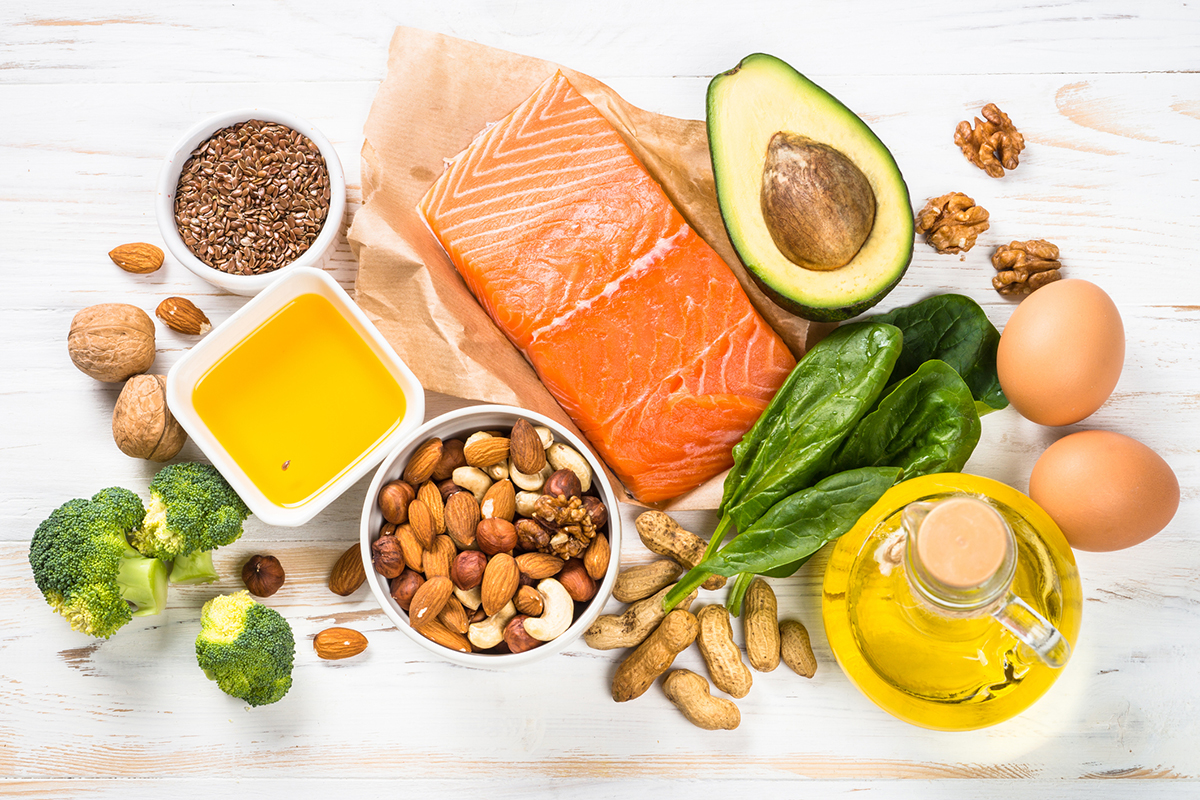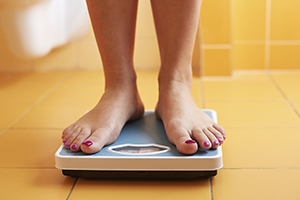Q: Do ketogenic and Paleo diets cause any muscle breakdown to produce glucose via gluconeogenesis?
A: Gluconeogenesis (“new glucose”) is made in the liver from amino acids—the building blocks of protein—to support blood sugar metabolism known as glycolysis. These amino acids can be pulled from muscle and/or otherwise supported by dietary protein.
Here are the scenarios for gluconeogenesis:
In the setting of starvation, and after all glycogen has been depleted, the body harnesses amino acids from muscle since there’s no food available. But after a short while, the body will shift to a fat-burning metabolism (lipolysis/ketosis) for primary fuel in an effort to spare muscle, saving those precious amino acids for essential functions like DNA synthesis, hormone production, repair, etc.)
However, on a ketogenic diet, because protein and calories are not scarce, any excess dietary protein will be readily utilized to bolster gluconeogenesis.
RELATED ARTICLE: Ask Leyla: Will the paleo diet serve all of my nutritional needs?
And herein lies the rub. Recall that a ketogenic diet is high in fat, not protein. In fact, the protein range is 20 to 30 percent of calories—not more. Any excess protein will shift metabolism back to glycolysis and away from lipolysis/ketosis via gluconeogenesis.
So we must remember that being on a ketogenic diet is not an invitation to gorge on a 16-ounce steak for dinner. The excess protein will convert to blood sugar—taking you out of ketosis, and all those excess calories will be stored as fat, effectively derailing any weight loss or weight maintenance efforts.
To your health!
Leyla Muedin, MS, RD, CDN







